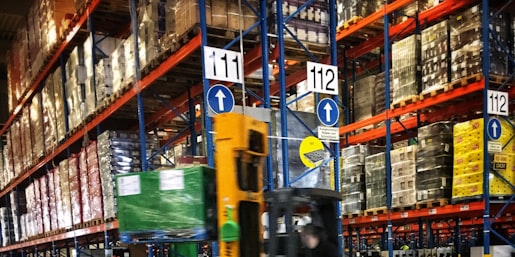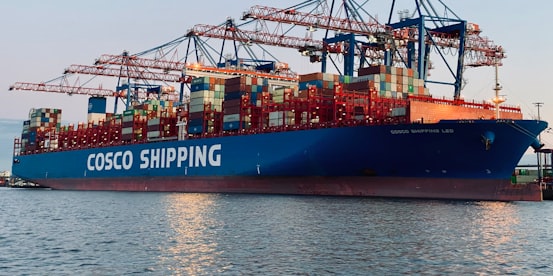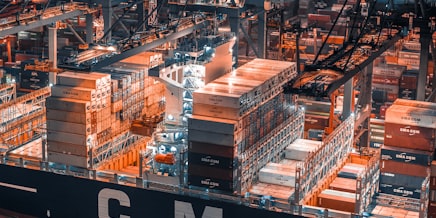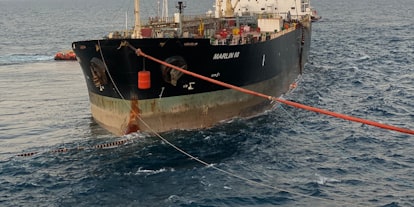

There are many people interested in former transportation companies, whether they were trucking companies, railroads, airlines or ocean lines. These companies are called “fallen flags,” and the term describes companies whose corporate names have been dissolved through merger, bankruptcy or liquidation.
Today’s FreightWaves Classics profiles another fallen flag in the railroad industry – the Missouri-Kansas-Texas Railroad (reporting mark MKT), nicknamed “The Katy.”
 An assortment of Katy power...
An assortment of Katy power...


